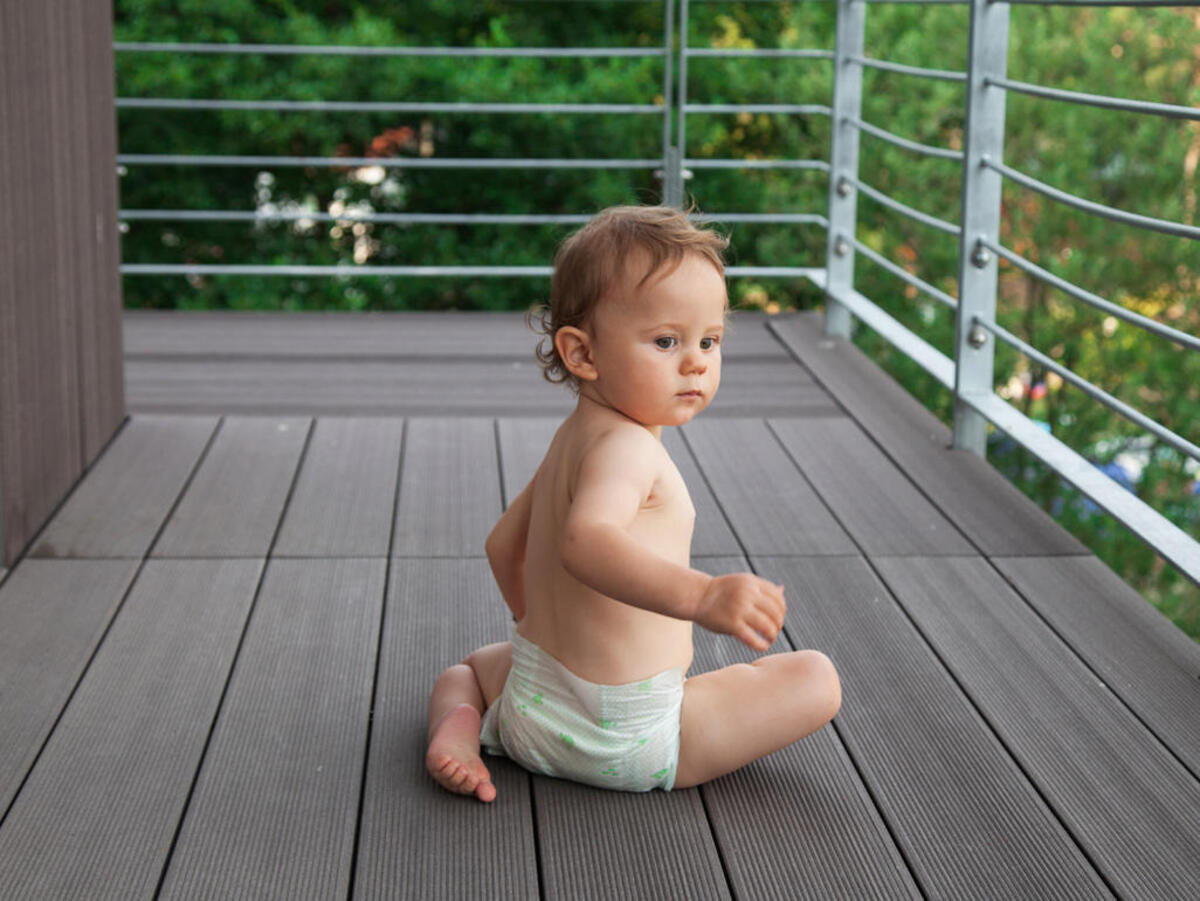

Articles
How To Baby Proof A Balcony
Modified: February 23, 2024
Discover the best articles on how to baby proof a balcony and ensure your child's safety. Learn effective tips and tricks from experts to create a secure and child-friendly balcony environment.
(Many of the links in this article redirect to a specific reviewed product. Your purchase of these products through affiliate links helps to generate commission for Storables.com, at no extra cost. Learn more)
Introduction
Welcome to our comprehensive guide on how to baby proof a balcony. Balconies can be a great addition to any home, providing a space to enjoy fresh air and soak up the sun. However, when you have a baby or young children in the house, ensuring their safety becomes a top priority.
It’s essential to take proactive steps to make your balcony a child-friendly area. By implementing the right safety measures, you can create a secure environment where your little ones can explore and play without the risk of accidents.
In this guide, we will walk you through the process of evaluating the safety of your balcony, understanding potential hazards, and implementing necessary precautions to protect your child. Let’s get started!
Key Takeaways:
- Baby proofing a balcony involves assessing potential hazards, installing safety netting, creating barriers, securing furniture, childproofing doors and windows, and conducting regular maintenance to ensure a safe environment for your child to explore and play.
- While safety measures like safety netting and barriers are crucial, they should never replace adult supervision. It’s important to keep a close eye on your child at all times while they are on the balcony to ensure their safety.
Read more: How To Build A Balcony
Assessing the Balcony
The first step in baby proofing your balcony is to thoroughly assess the area to identify potential hazards. Here are some key factors to consider:
- Balustrades and Railings: Check the sturdiness and spacing of the balustrades or railings. Ensure they are tall enough and have narrow gaps to prevent a child from squeezing through or climbing over them. If the gaps are too wide, you may need to install additional safety netting or mesh.
- Sharp Edges: Inspect the balcony for any sharp edges or corners that can pose a danger to your child. Use corner covers or edge guards to cushion these areas and minimize the risk of injuries.
- Gap Underneath: Check if there is a significant gap between the floor and the bottom of the balcony. This space should be adequately enclosed to prevent curious children from crawling underneath and potentially getting stuck.
- Slippery Surfaces: Assess the flooring of the balcony. Make sure it is slip-resistant to avoid any accidents caused by slips or falls. Add non-slip mats or rugs if necessary.
- Accessible Furniture: Take note of any furniture or objects on the balcony that a child could climb on. Secure these items to the walls or remove them from the balcony to prevent potential accidents.
By carefully evaluating these aspects, you can gain a better understanding of the potential dangers, allowing you to take appropriate measures to ensure your child’s safety. Let’s explore some ways to implement these safety measures in the next sections.
Installing Safety Netting
One of the most effective ways to baby proof your balcony is by installing safety netting. This serves as a barrier and prevents your child from accessing hazardous areas. Here’s how to do it:
- Measurements: Begin by measuring the dimensions of your balcony to determine the amount of netting you will need. Be sure to account for any openings or gaps that need to be covered.
- Selecting the Right Netting: Choose a high-quality safety netting specifically designed for balconies. Look for netting with small enough gaps to prevent your child from slipping through.
- Installation: Start by attaching one side of the netting securely to the balcony railing or balustrades. Use zip ties, hooks, or cord clips to ensure a tight and stable fit. Stretch the netting across the area, securing it firmly on the opposite side.
- Regular Inspections: Regularly check the netting for any signs of wear, tear, or damage. Replace or repair any damaged areas immediately to maintain its effectiveness.
- Supervision: While safety netting provides an extra layer of protection, it is important to remember that it is not a substitute for proper adult supervision. Always supervise your child when they are on the balcony, regardless of the safety measures in place.
Installing safety netting is a simple and effective way to create a secure environment for your child on the balcony. However, it is not the only safety measure you should implement. Let’s explore other barrier options to further enhance your balcony’s baby proofing in the next section.
Creating Barriers
In addition to safety netting, creating physical barriers on your balcony can provide an extra layer of protection for your child. Here are some barrier options to consider:
- Plexiglass or Perspex Panels: Installing transparent panels made of plexiglass or perspex can create a barrier between your child and potentially dangerous areas of the balcony. This allows for an unobstructed view while keeping your little one safe.
- Gates: Installing gates at the entrance of the balcony can serve as a barrier and prevent your child from accessing the area without your supervision. Choose sturdy gates specifically designed for child safety.
- Temporary Fencing: If you have a larger balcony or need to create a temporary barrier, consider using freestanding baby gates or portable fencing. These can be easily installed and removed as needed.
- Plants: Strategically placing tall plants or flower pots can act as a natural barrier, discouraging your child from venturing into restricted areas of the balcony.
- Balcony Safety Mesh: Another option is to install a balcony safety mesh that wraps around the entire perimeter of the balcony, creating a secure enclosed space for your child to play safely.
When creating barriers, make sure they are securely installed and free from any gaps that your child could squeeze through. Regularly inspect the barriers for stability and damage, and address any issues promptly.
While creating physical barriers can enhance safety, it’s important to remember that they should never replace adult supervision. Always ensure that you keep a close eye on your child while they are on the balcony.
Now that we’ve covered the importance of safety netting and barriers, let’s move on to securing furniture and accessories on the balcony.
Install a safety net or guardrail around the balcony to prevent children from falling off. Make sure the openings are no wider than 4 inches to prevent them from squeezing through.
Securing Furniture and Accessories
Securing furniture and accessories on your balcony is crucial to prevent accidents and injuries. Here are some steps to take:
- Anchoring Furniture: Furniture like tables, chairs, and plant stands should be anchored to the walls or the floor to prevent them from tipping over if your child tries to climb on them.
- Cushioning Furniture: Use cushions or padding on sharp edges or corners of furniture to minimize the risk of injuries in case your child accidentally bumps into them.
- Secure Umbrellas: If you have umbrellas or sunshades on your balcony, ensure they are securely fastened and cannot be easily pulled down by your child.
- Lock Away Hazardous Items: Store any hazardous substances such as cleaning products or gardening tools in locked cabinets or out of your child’s reach.
- Remove Clutter: Keep the balcony free from excessive clutter, ensuring there are no small objects or choking hazards that your child could pick up or ingest.
Regularly inspect the furniture and accessories on your balcony to ensure they remain secure and in good condition. If any items become damaged or worn, repair or replace them promptly to maintain a safe environment for your child.
Now that we’ve covered securing furniture and accessories, let’s move on to the importance of childproofing doors and windows in relation to balcony safety.
Read more: How To Childproof A Balcony
Childproofing Doors and Windows
Childproofing doors and windows is an important aspect of balcony safety. Implementing the following measures will help prevent accidents and keep your child safe:
- Door Locks: Install childproof locks or latches on doors leading to the balcony to prevent your child from accessing it without supervision. Ensure that the locks are positioned high enough so that your child cannot reach them.
- Window Guards: Install window guards or restrictors on all windows that open onto the balcony. These guards prevent your child from opening the windows wide enough to climb through or fall out.
- Window Locks: Ensure that all windows have secure locks that can only be opened by an adult. Regularly check the functionality of the locks and repair or replace any faulty ones.
- Window Blinds and Cords: Keep window blinds cords out of reach or opt for cordless blinds to eliminate the risk of strangulation. Secure any loose cords and make sure they are not within your child’s reach.
- Door and Window Sensors: Consider installing door and window sensors that alert you when they are opened. These sensors provide an additional layer of security, alerting you if your child attempts to access the balcony unsupervised.
Regularly educate your child about the dangers of opening doors and windows without supervision. Teach them to always ask for permission and assistance before going out onto the balcony.
By properly childproofing doors and windows, you can minimize the risk of accidents and create a secure environment for your child. However, it’s important to remember that supervision is still vital. Let’s now move on to the importance of regular maintenance and inspections of the balcony safety measures.
Regular Maintenance and Inspections
Regular maintenance and inspections are essential for ensuring the ongoing safety of your baby-proofed balcony. Here are some important steps to follow:
- Inspect Safety Netting: Regularly check the safety netting for any signs of wear, tear, or damage. Look out for loose or broken attachments and promptly repair or replace them as needed.
- Check Barriers: Inspect any physical barriers, such as plexiglass panels or gates, to ensure they are stable and securely in place. Address any issues, such as loose fittings or damaged components.
- Secure Furniture: Periodically check the anchoring and stability of furniture on the balcony. Make sure that cushions or padding on sharp edges are intact and replace them if necessary.
- Test Locks and Latches: Regularly test the functionality of door locks, window locks, and childproof latches. Lubricate them if needed and address any issues to ensure they are working properly.
- Keep the Balcony Clean: Regularly clean and remove debris from the balcony to prevent slips and falls. This includes removing any water or ice buildup that can create slippery surfaces.
- Childproofing Updates: As your child grows and develops new skills, reassess your baby-proofing measures on the balcony. Make any necessary updates or adjustments to ensure they remain effective.
By conducting regular inspections and maintenance, you can stay one step ahead of any potential safety hazards. Stay proactive and address any issues promptly to maintain a safe environment for your child.
Remember, no safety measure is foolproof, and adult supervision is always crucial. Always keep an eye on your child while they are on the balcony, regardless of the safety precautions you have in place.
Now that we have covered regular maintenance and inspections, let’s conclude our comprehensive guide on how to baby proof a balcony.
Conclusion
Baby proofing your balcony is an important step in ensuring the safety of your child. By implementing the right safety measures, you can create a secure environment where your little one can explore and enjoy the fresh air without any unnecessary risks.
Throughout this guide, we have highlighted the key steps to baby proofing a balcony. We discussed the importance of assessing the balcony for potential hazards, installing safety netting and creating barriers to restrict access, securing furniture and accessories, childproofing doors and windows, and conducting regular maintenance and inspections.
Remember that no safety measure should replace adult supervision. It is always important to keep a close eye on your child while they are on the balcony and ensure their safety at all times.
By following the guidelines and suggestions presented in this guide, you can create a safe and child-friendly balcony where your little ones can play, explore, and enjoy the outdoors with peace of mind.
Enjoy creating a secure and enjoyable space for your child on your balcony, and make unforgettable memories together!
Frequently Asked Questions about How To Baby Proof A Balcony
Was this page helpful?
At Storables.com, we guarantee accurate and reliable information. Our content, validated by Expert Board Contributors, is crafted following stringent Editorial Policies. We're committed to providing you with well-researched, expert-backed insights for all your informational needs.

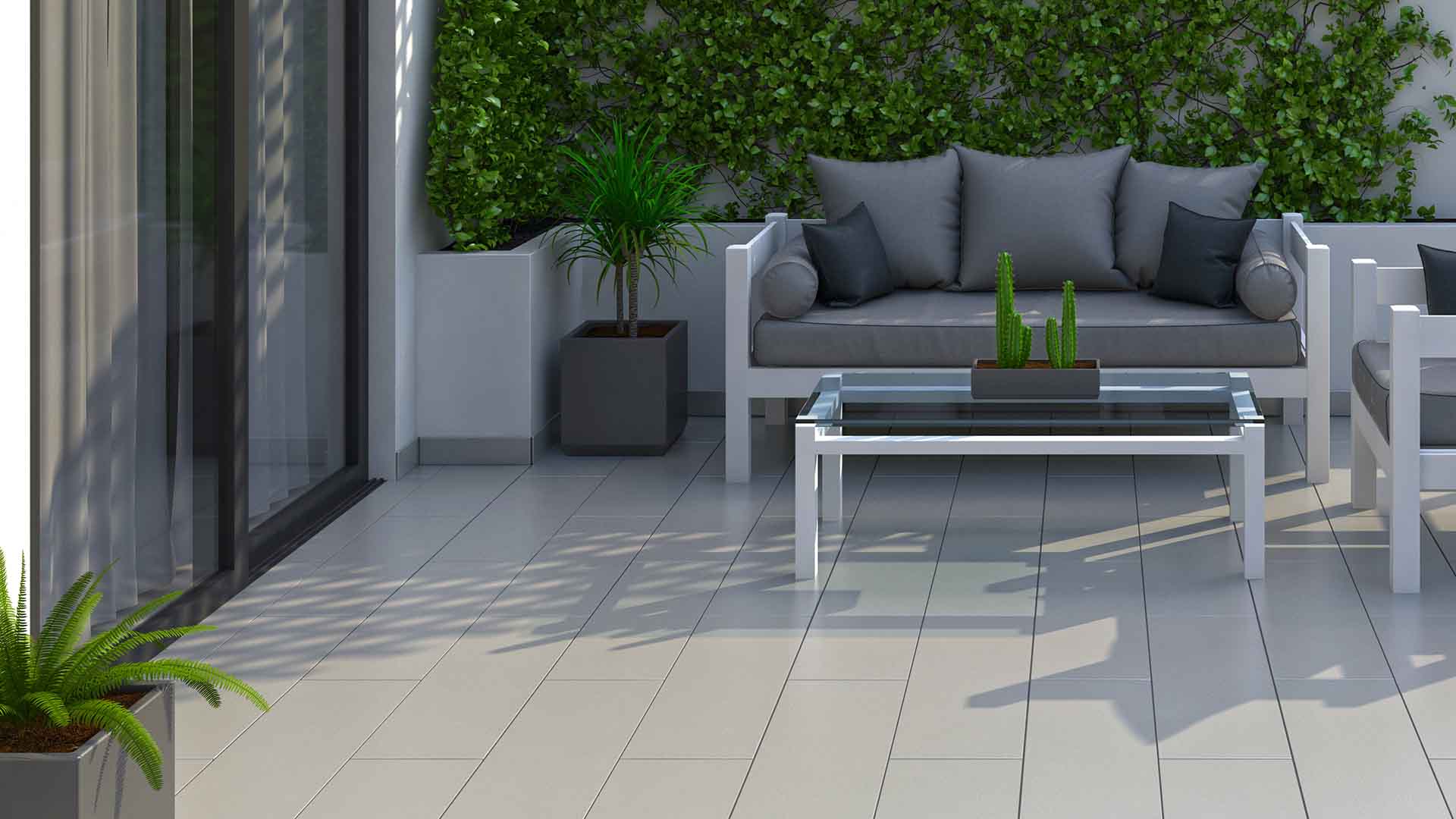
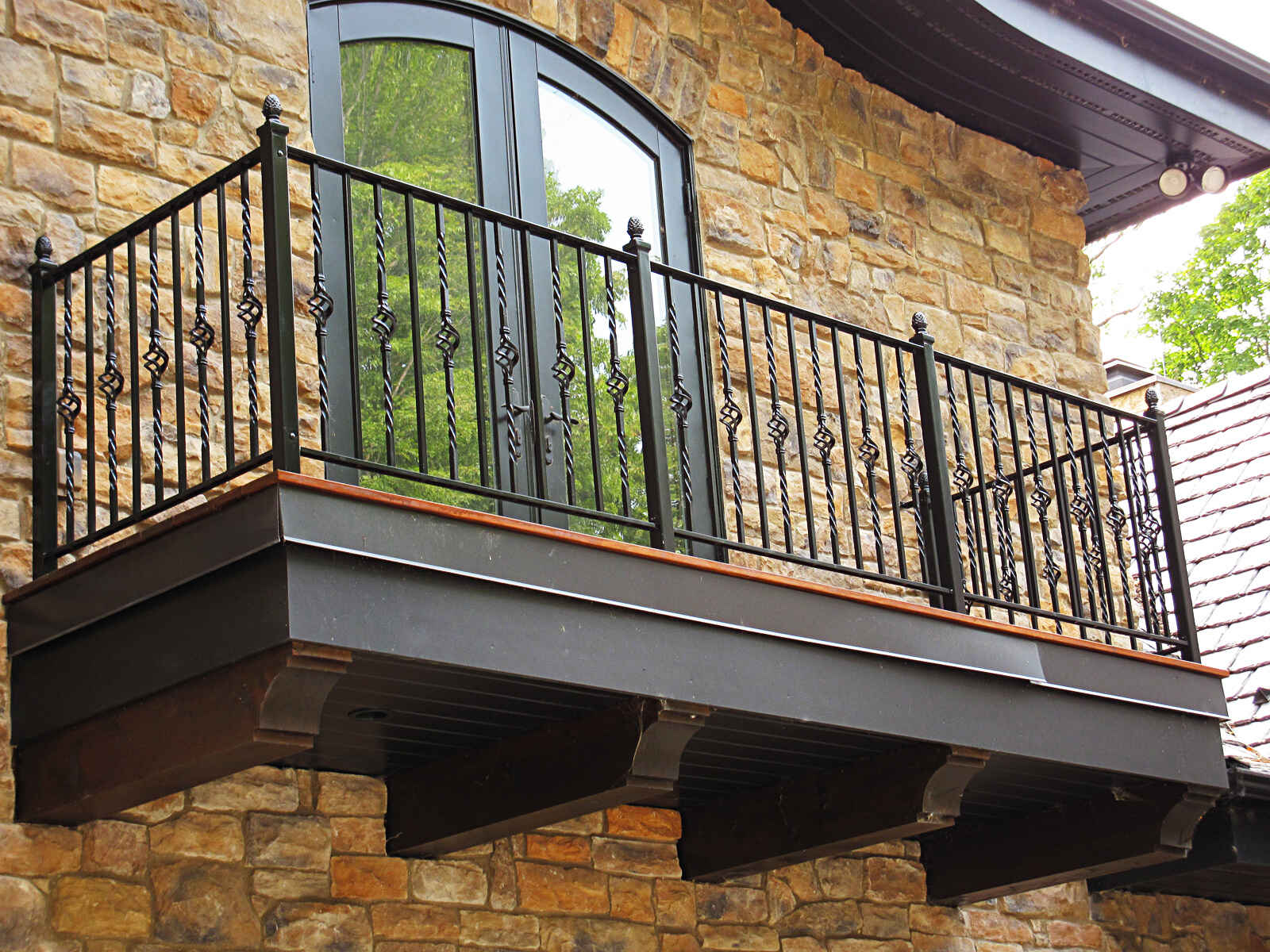
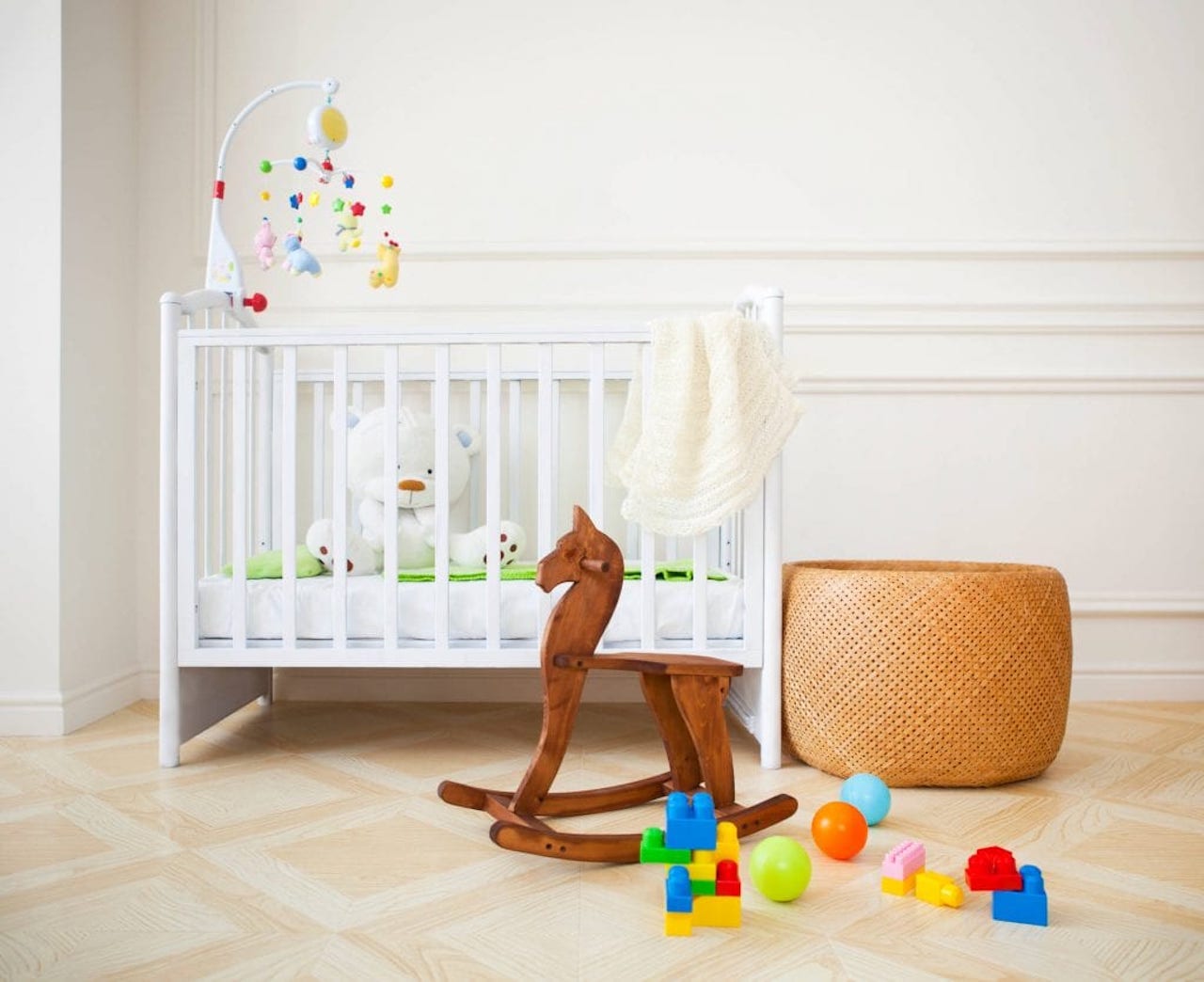

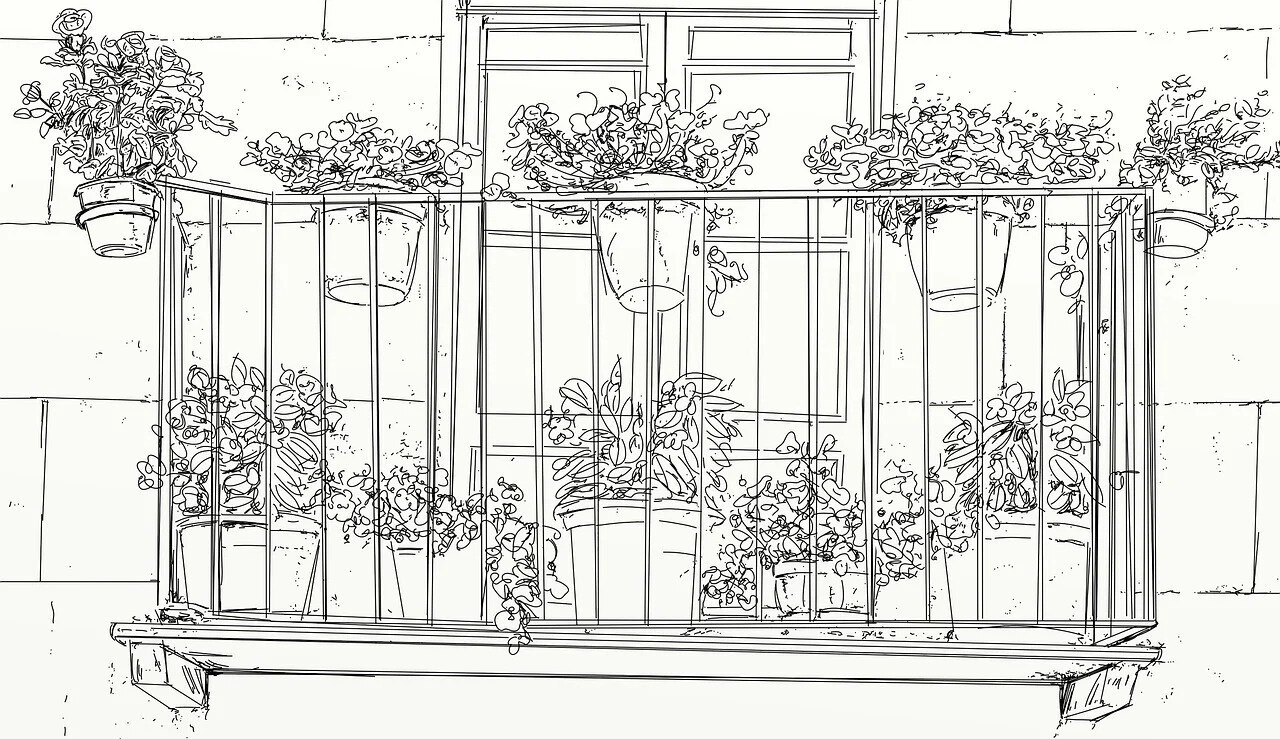

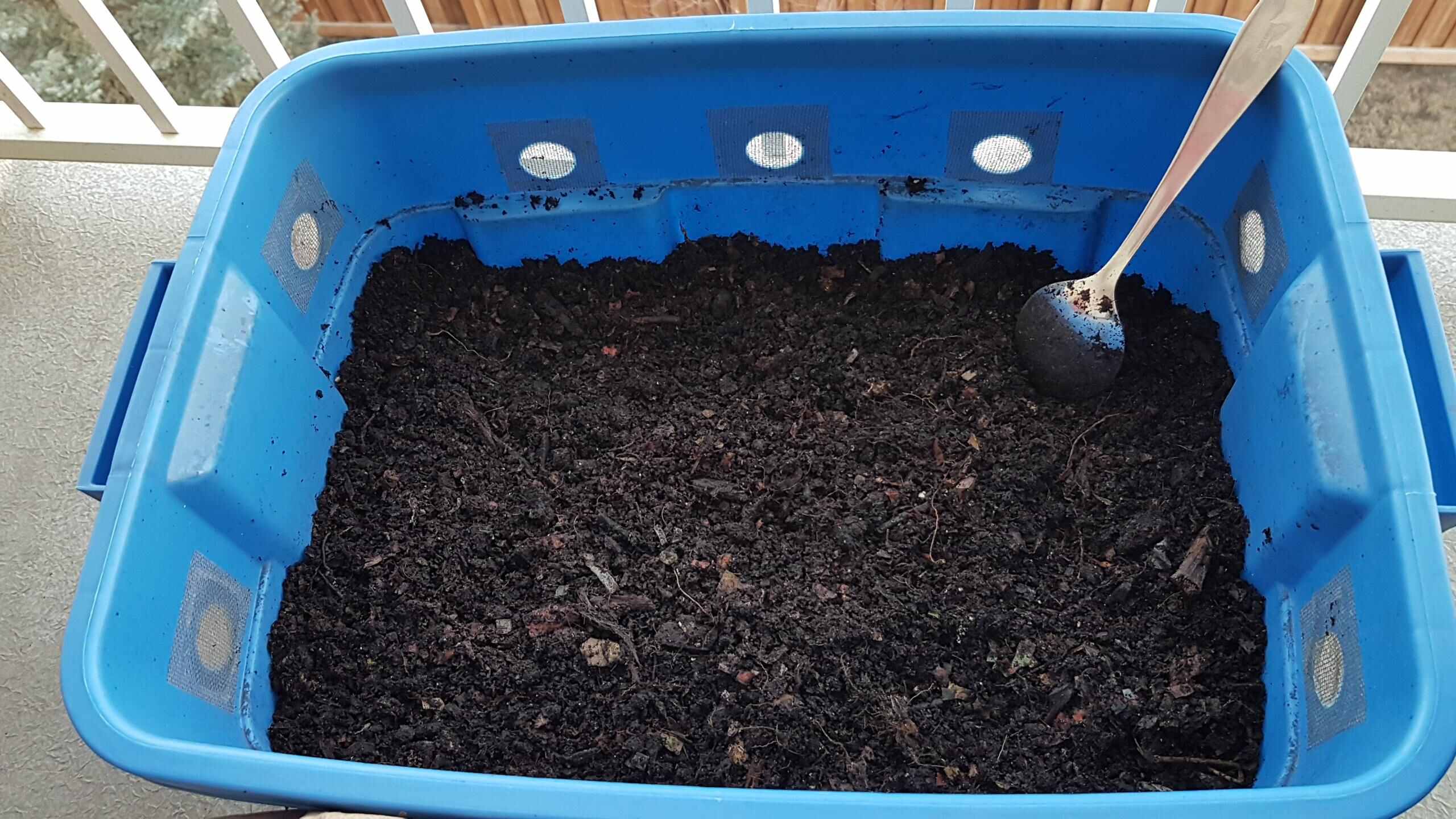
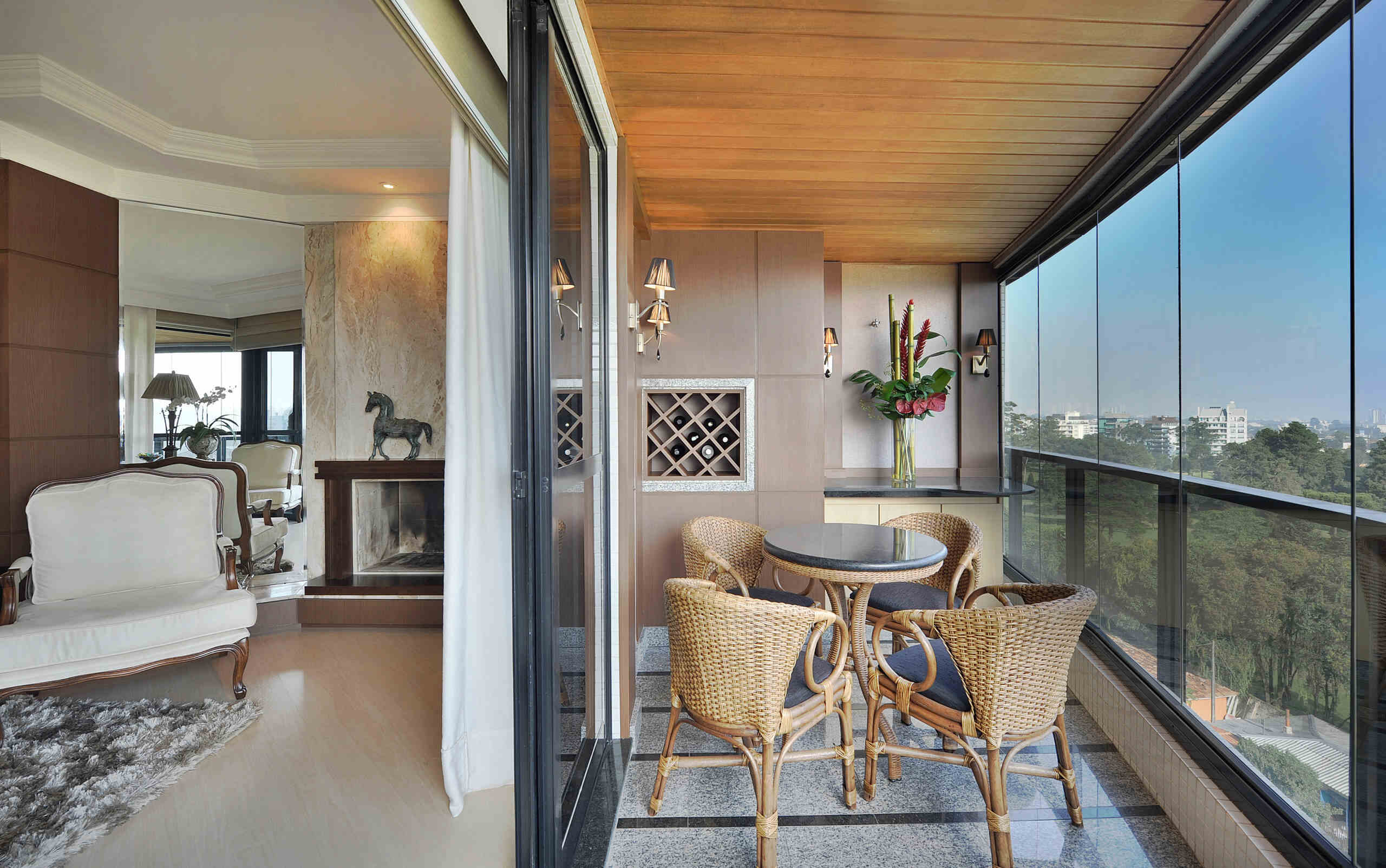
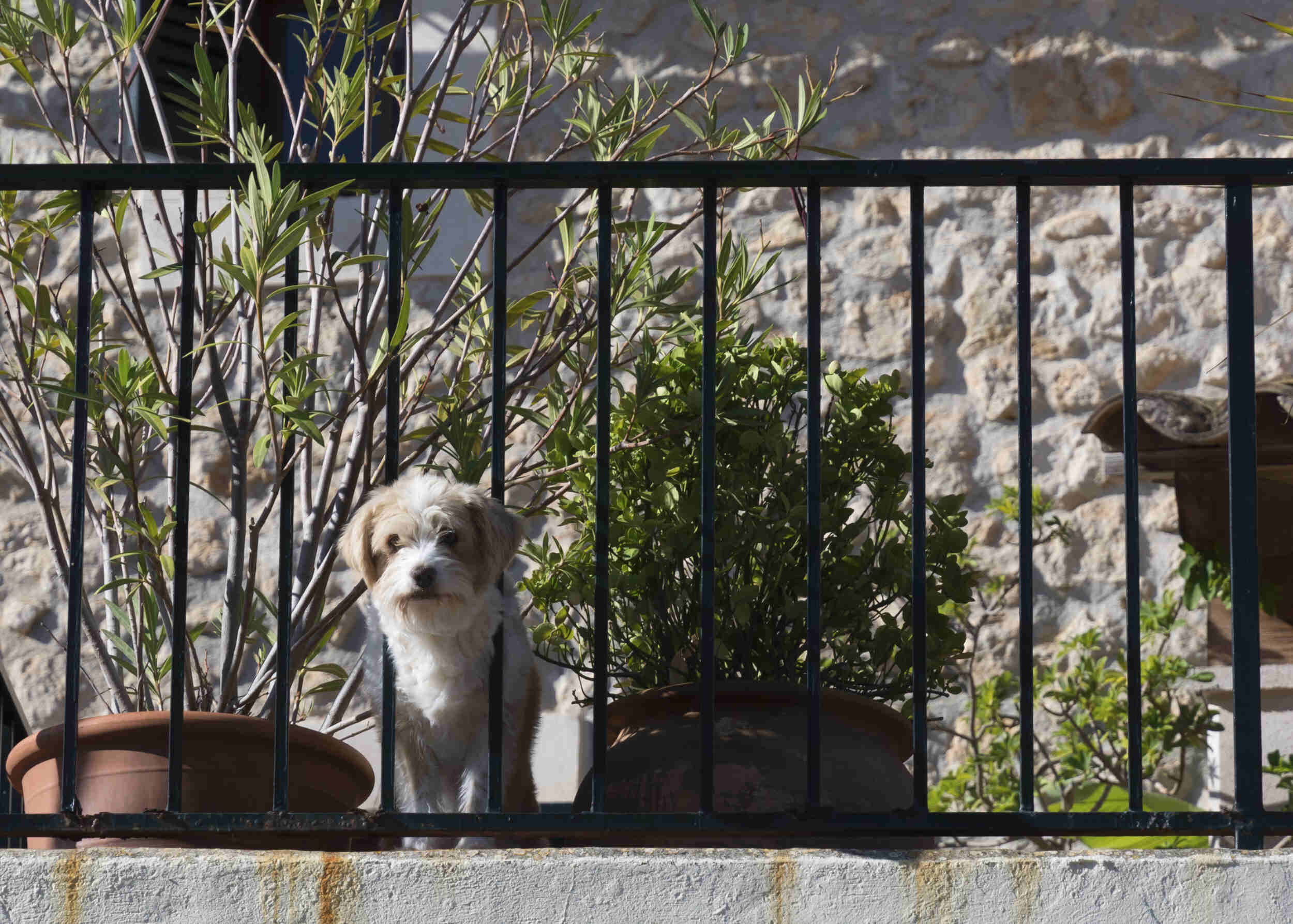
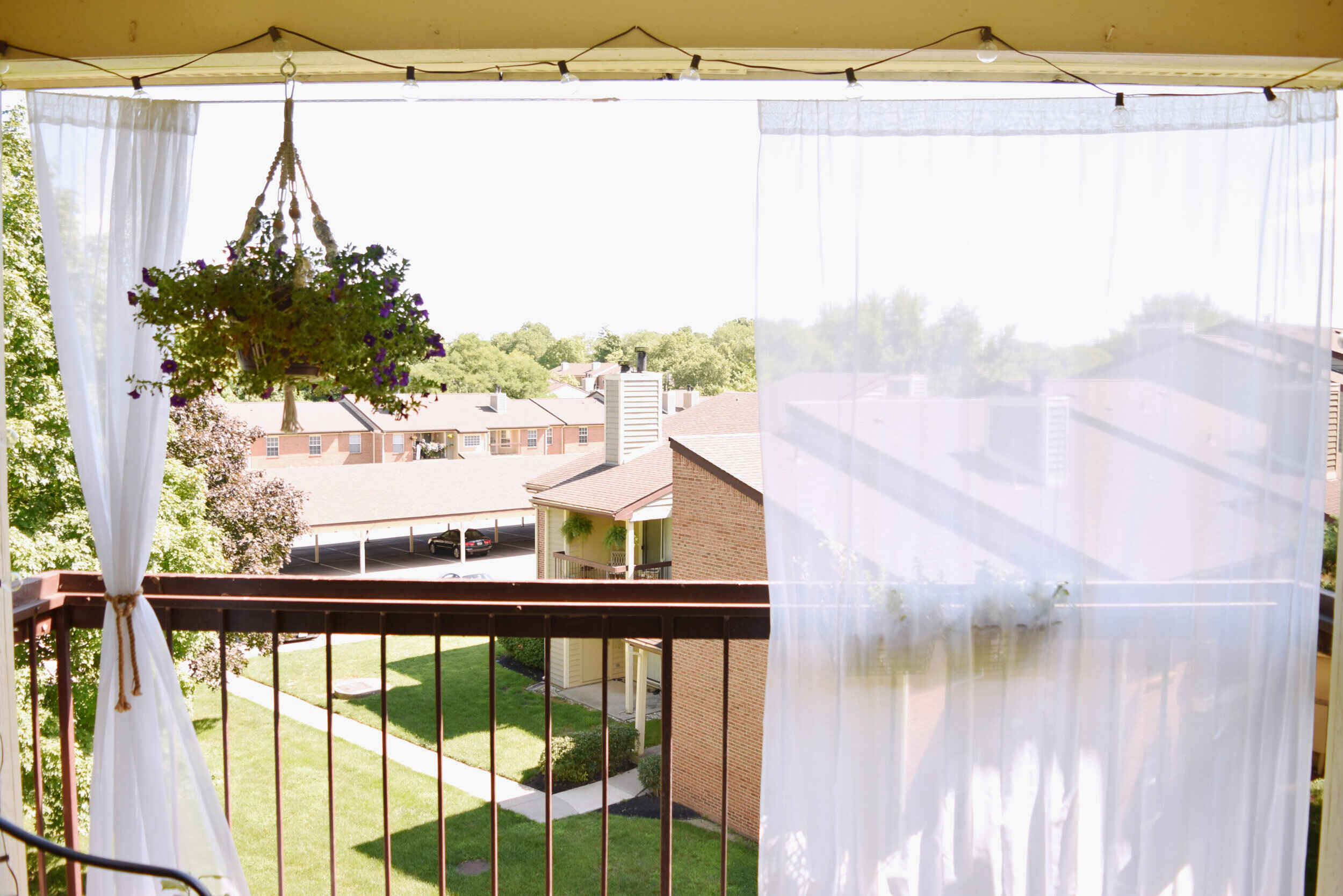
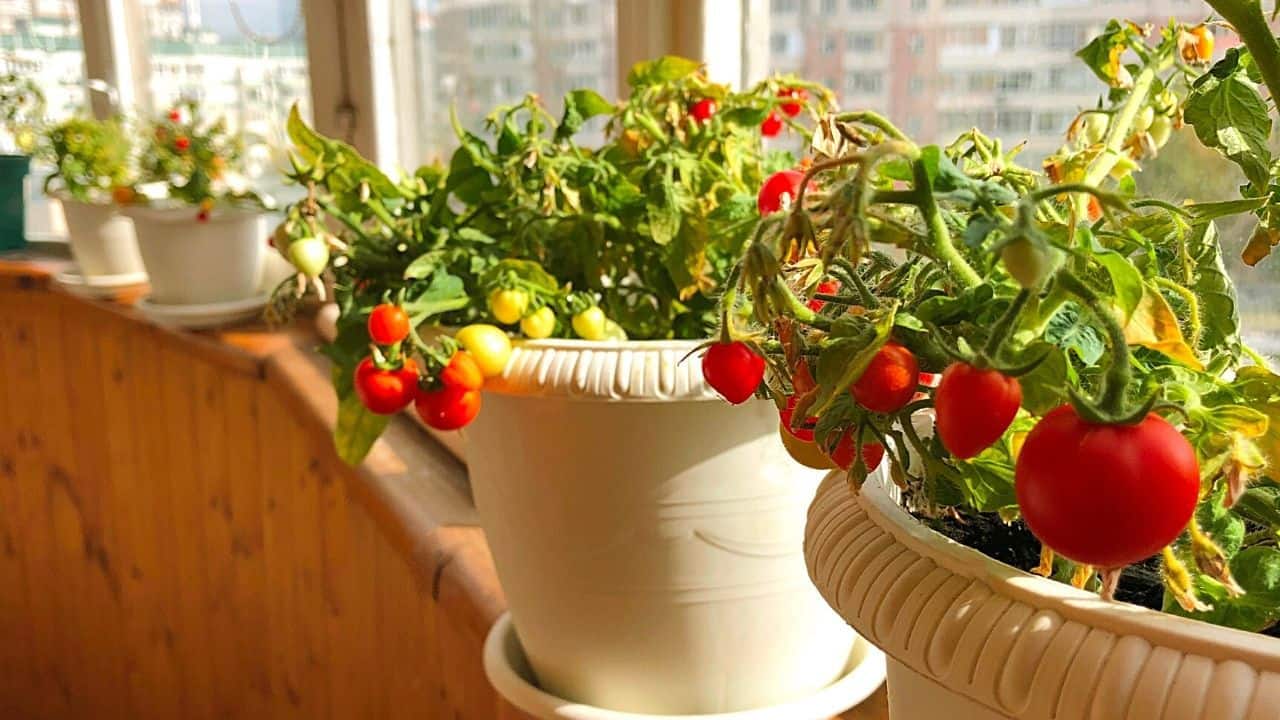



0 thoughts on “How To Baby Proof A Balcony”